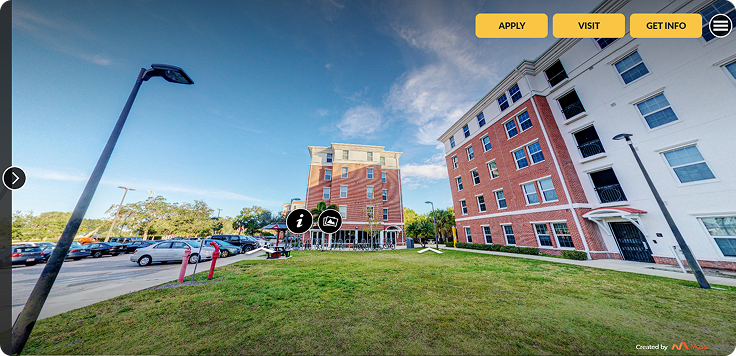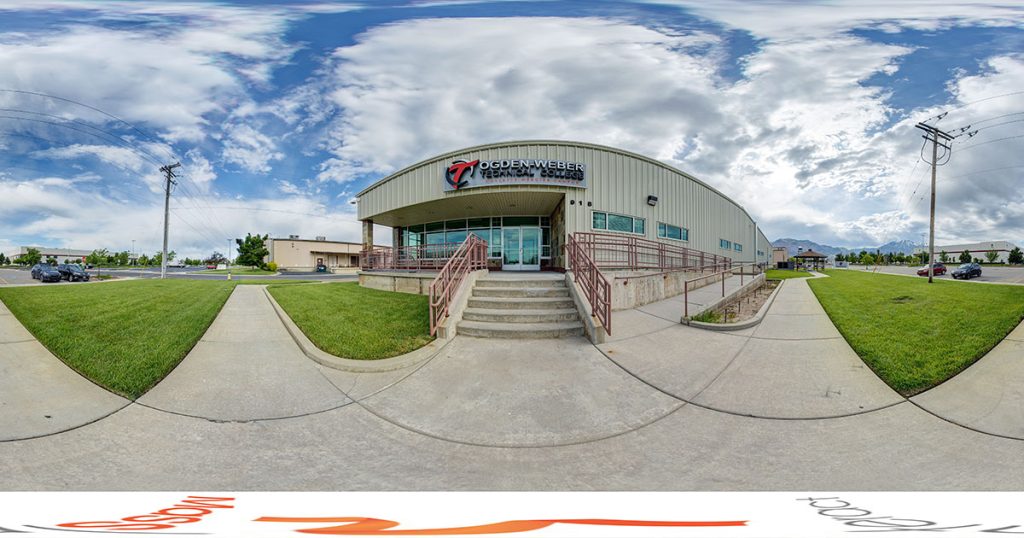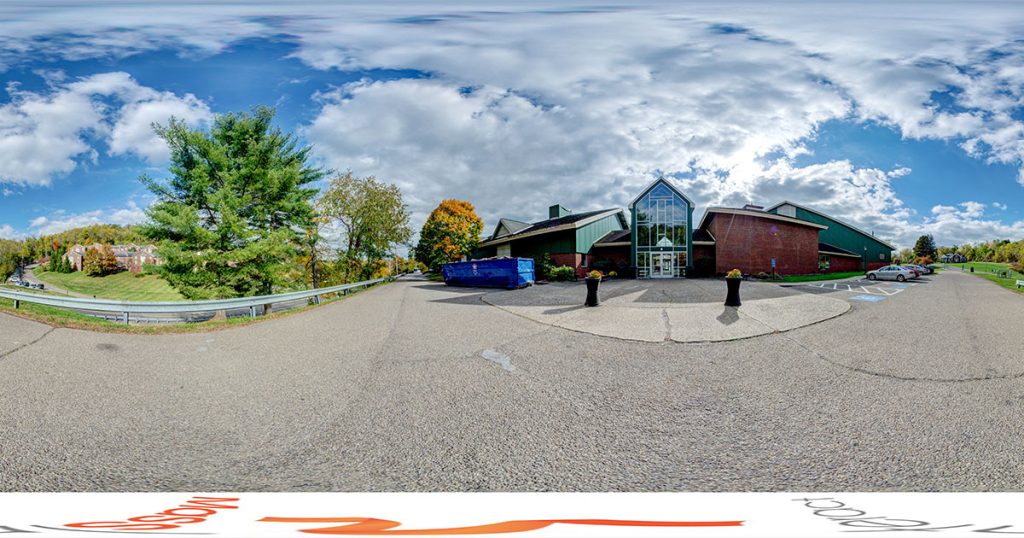I have a virtual tour on my website and would like an audit.
I don't have a virtual tour yet, would love a demo to see how it works.

The Enrollment Landscape: Challenges and Opportunities
- Declining enrollment Rates:
Many institutions are grappling with a consistent decline in enrollment numbers. According to the National Student Clearinghouse Research Center, postsecondary enrollment decreased by 1.3% in Fall 2021 compared to the previous year.
- Increased Competition:
With the proliferation of online learning and the emergence of new educational providers, competition for students has intensified. Institutions must differentiate themselves and provide compelling reasons for students to choose their programs.
- Low ROI on Marketing Efforts:
Traditional marketing methods, such as print ads and college fairs, are yielding diminishing returns. Institutions are seeking more cost-effective and targeted approaches to reach prospective students.

Strategies for Boosting Student Enrollment
1. Personalized Marketing and Communication:
– Tailor communication to address the specific interests and concerns of prospective students.
– Utilize data analytics to understand student preferences and craft resonant messages.
2. Leveraging Social Media Platforms:
– Actively engage on platforms like Instagram and Facebook to reach a broader audience.
– Share authentic stories, student testimonials, and behind-the-scenes glimpses of campus life.
– Invest in targeted social media advertising to amplify reach.
3. Offering Competitive Financial Aid and Scholarships:
– Provide attractive financial aid packages and scholarships to make education more accessible
– Position the institution as a viable option for a diverse student body.
4. Enhancing Student Retention Efforts:
– Implement support systems, mentorship programs, and foster a sense of community
– Focus on retaining current students to contribute to a stable enrollment base
5. Embracing Technological Innovations:
– Incorporate AI-powered chatbots and CRM tools to streamline the admissions process.
– Provide instant responses to inquiries and personalize the recruitment experience.
6. Leveraging Interactive Virtual Tours:
– Offer immersive virtual campus experiences to engage prospective students
– Showcase campus facilities, student life, and academic programs in an interactive format.
– Make the institution accessible to a global audience, including international students
The Power of Virtual Tours in enrollment Strategies Virtual tours have emerged as a game-changer in the enrollment landscape. By providing an immersive and interactive experience, virtual tours allow prospective students to explore campus facilities, engage with the community, and envision themselves as part of the institution.

Benefits of Virtual Tours
1. Global Reach:
Virtual tours make the institution accessible to students worldwide, breaking down geographical barriers. This is particularly valuable for attracting international students who may not have the opportunity to visit the campus in person.
2. Increased Engagement:
Interactive virtual tours captivate prospective students, encouraging them to spend more time exploring the institution’s offerings. According to data from StudentBridge, a leading provider of virtual tour solutions, virtual tours boost engagement, with visitors spending an average of 10 minutes on tours, compared to just 2-3 minutes on a typical college website.
3. Higher Conversion Rates:
Virtual tours have proven to be effective in converting interested students into applicants. StudentBridge’s analysis of over 2 million campus visits on their Visi TOUR platform revealed that virtual tours have a 26% conversion rate to inquiry, compared to an 8% conversion rate achieved through traditional student search.
4. Higher Conversion Rates:
Cost-Effective Recruitment:
Virtual tours provide a cost-effective alternative to traditional recruitment methods. By enabling students to explore the campus remotely, institutions can save on expenses associated with in-person tours and events.
5. Personalization:
Virtual tours can be personalized to align with individual student interests, academic programs, and extracurricular activities. This customized approach enhances engagement and increases the likelihood of enrollment.

Benefits of Virtual Tours
- Showcase campus facilities, including academic buildings, libraries, and student centers
- Highlight unique programs and research opportunities
- Feature student life, including residential halls, dining options, and recreational spaces
- Include student testimonials and stories to provide authentic insights
- Offer interactive elements, such as 360-degree views and clickable hotspots
- Provide multilingual support to cater to a diverse audience
- Integrate with the institution’s website and application process for seamless user experience
- Optimize for mobile devices to ensure accessibility across platforms
- Include calls-to-action to encourage further engagement and inquiry
- Regularly update and refresh content to maintain relevance and engagement

Conclusion
In the face of evolving challenges in the enrollment landscape, institutions must embrace innovative strategies to attract and retain students. By leveraging personalized marketing, social media engagement, competitive financial aid, student retention efforts, and technological innovations, institutions can position themselves for success.
Among these strategies, interactive virtual tours stand out as a powerful tool to engage prospective students, increase conversion rates, and make the institution accessible to a global audience. By creating immersive and personalized virtual experiences, institutions can differentiate themselves in a competitive market and build meaningful connections with prospective students. As enrollment leaders navigate the path to 2025, integrating virtual tours into their recruitment arsenal will be a key driver of student enrollment success.























